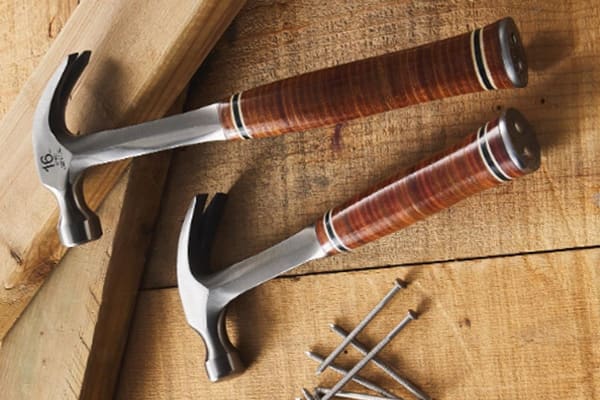In the world of woodworking, selecting the right tools is essential for ensuring precision, efficiency, and safety. Among these tools, the carpenter hammer is one of the most crucial in any carpenter’s toolkit. However, with various types of hammers available, which one is specifically used in a carpentry shop, and what makes it the ideal choice?
The Essential Carpenter Hammer
The carpenter hammer, often called the claw hammer, is the quintessential tool in a carpentry shop. Its design is tailored to the needs of carpenters who frequently work with wood, nails, and other materials commonly found in construction and woodworking projects.
The Anatomy of a Carpenter Hammer
A typical carpenter hammer consists of three main parts: the handle, the head, and the claw. The handle is usually made from wood, fiberglass, or steel, providing the necessary grip and balance. The head, typically made of steel, has a flat surface on one side, known as the face, which is used for driving nails into wood. The claw, on the opposite side, is curved and forked, designed for removing nails with precision.
The balance between the head and the handle is crucial in a carpenter hammer. A well-balanced hammer allows for better control and reduces the fatigue experienced during prolonged use. This balance, combined with the ergonomics of the handle, ensures that the carpenter can work efficiently without risking injury.
Why the Carpenter Hammer is Preferred
The carpenter hammer is preferred in a carpentry shop for several reasons. Firstly, its dual functionality of driving and removing nails makes it incredibly versatile. Carpenters often need to correct mistakes or adjust their work, and the claw feature allows them to do so without damaging the wood.
Secondly, the weight of the carpenter hammer is ideal for woodworking tasks. Weighing between 16 to 20 ounces, the hammer is heavy enough to drive nails into wood with minimal effort but light enough to be used for extended periods without causing strain.
Furthermore, the face of the hammer is usually slightly convex, which reduces the likelihood of marring the wood surface. This is particularly important in carpentry, where the aesthetic finish of the wood is often just as important as its structural integrity.
Alternatives to the Carpenter Hammer
While the carpenter hammer is the go-to tool in a carpentry shop, there are other hammers that carpenters may use depending on the specific task. For instance, a framing hammer, which is heavier and has a longer handle, is often used for framing work where more force is needed. However, it is less precise than a carpenter hammer and can be overkill for finer woodworking tasks.
Another alternative is the mallet, typically made of wood or rubber, used in tasks where a softer touch is required, such as assembling joints or working with chisels. However, the mallet does not have the nail-driving or nail-removing capabilities of a carpenter hammer, making it a specialized tool rather than a general-purpose one.
Conclusion
In conclusion, the carpenter hammer remains the most commonly used and essential tool in a carpentry shop. Its design, which combines a well-balanced handle, a flat face for driving nails, and a claw for removing them, makes it incredibly versatile and effective for a wide range of woodworking tasks. While other hammers may be used for specific purposes, the carpenter hammer’s balance of functionality, weight, and precision ensures it remains the primary choice for carpenters around the world. Whether you’re a professional carpenter or a DIY enthusiast, the carpenter hammer is an indispensable tool that should always be within reach in the workshop.
Post time: 08-20-2024






